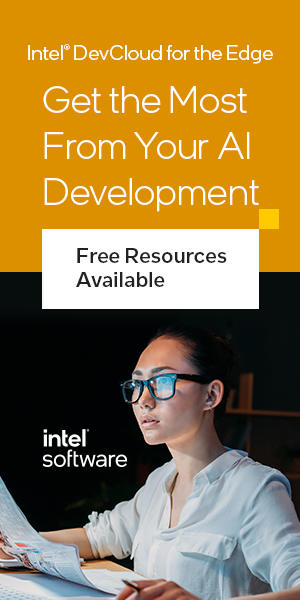We’ve all experienced the inconvenience of traditional clinical trials, from long waits in crowded waiting rooms to endless paperwork and travel. But what if there was a more convenient way for patients with central nervous system (CNS) conditions to participate?
Enter decentralized clinical trials (DCTs), revolutionizing the landscape of CNS clinical research. In this article, we explore how DCTs empower patients by streamlining recruitment, enhancing access to specialized care, improving engagement and retention, and advancing data collection and analysis. Get ready to discover the convenience that DCTs bring to CNS clinical trials.
Streamlining Patient Recruitment and Enrollment
Streamlining patient recruitment and enrollment is crucial for the success of CNS clinical trials. To effectively conduct these trials, it is essential that we reach out to patients and enroll them in a timely manner. One way to achieve this is through the use of digital platforms.
Digital platforms offer an efficient and convenient method for patient outreach. With the widespread use of smartphones and internet access, reaching potential participants has become easier than ever before. By utilizing social media, email campaigns, and online advertisements, we can target specific demographics and raise awareness about our clinical trials.
Moreover, digital platforms allow for seamless enrollment processes. Through user-friendly interfaces and online forms, patients can easily provide their information and express interest in participating. This eliminates the need for lengthy paperwork or face-to-face meetings, saving both time and resources.
By leveraging digital platforms for patient recruitment and enrollment, we can improve efficiency in CNS clinical trials. The convenience offered by these methods increases the likelihood of attracting eligible participants who may have otherwise been deterred by traditional recruitment approaches.
Enhancing Access to Specialized Care
Improving access to specialized care can be achieved through the use of DCTs in clinical trials, allowing patients to conveniently receive the necessary treatment. Telemedicine options and remote monitoring play a crucial role in enhancing this access.
Telemedicine options provide patients with the convenience of receiving specialized care from the comfort of their homes. Through virtual consultations, patients can connect with healthcare professionals without having to travel long distances or wait for appointments. This not only saves time and money but also ensures that patients receive timely and appropriate care.
Remote monitoring is another important aspect of improving access to specialized care. With the help of wearable devices and mobile apps, healthcare providers can remotely monitor patients’ vital signs, symptoms, and medication adherence. This real-time data allows for early intervention and better management of chronic conditions.
By incorporating telemedicine options and remote monitoring into DCTs, researchers can ensure that participants have easy access to specialized care throughout the duration of the trial. This not only enhances patient experience but also increases retention rates, leading to more accurate data collection.
Improving Patient Engagement and Retention
Utilizing telemedicine and remote monitoring in clinical trials can significantly enhance patient engagement and retention. This innovative approach allows for improved patient communication and provides real-time data to researchers, ultimately leading to more successful outcomes. Here are three key ways in which these technologies contribute to the enhancement of patient engagement and retention:
- Convenience: By utilizing telemedicine, patients can participate in clinical trials from the comfort of their homes. This eliminates the need for frequent travel to research sites, reducing burden and improving overall convenience.
- Increased Communication: Remote monitoring enables regular communication between patients and healthcare providers. Patients can easily report any symptoms or side effects they may be experiencing, allowing for prompt intervention if necessary. This open line of communication helps build trust between patients and researchers.
- Real-Time Data Collection: Remote monitoring devices provide researchers with continuous access to important health data such as vital signs, medication adherence, and symptom severity. These objective measurements allow for better tracking of patient progress throughout the trial period.
Advancing Data Collection and Analysis
To enhance the collection and analysis of data, we can explore innovative methods that allow for seamless integration of remote monitoring devices and advanced analytics tools. Advancing technology has revolutionized the way we monitor patients in real time, providing us with invaluable insights into their health conditions.
With the help of remote monitoring devices such as wearable sensors and mobile health apps, we can continuously gather data on various physiological parameters like heart rate, blood pressure, and activity levels. This real-time monitoring not only ensures accurate data collection but also enables us to promptly identify any changes or abnormalities in patients’ health status.
Furthermore, advanced analytics tools play a crucial role in analyzing the vast amount of data collected from these remote monitoring devices.
By leveraging machine learning algorithms and artificial intelligence techniques, we can extract meaningful patterns and trends from the data that would be otherwise difficult to detect manually. These insights can then be used to improve patient care by identifying early warning signs of disease progression or treatment inefficacy.


